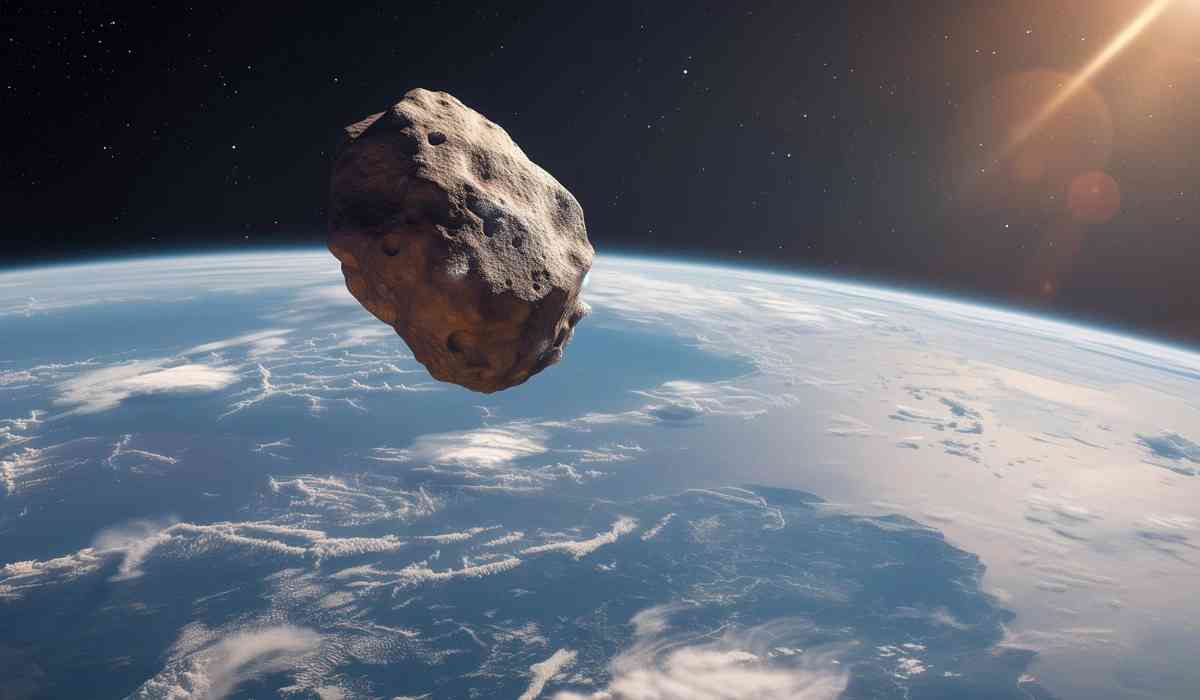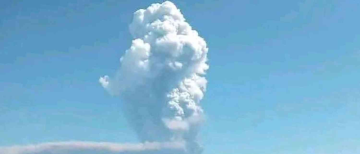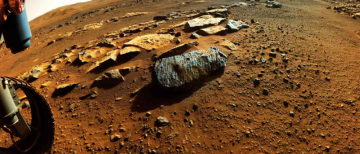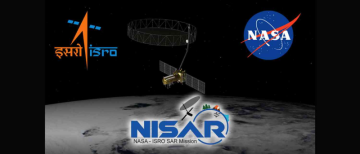NASA has issued a significant asteroid warning regarding two large asteroids, 2024 YC9 and 2024 YL1, which are set to make their closest approaches to Earth today, January 3, 2025. Despite their considerable size, both asteroids will pass at safe distances, providing an opportunity for scientific observation and study.
Overview of the Asteroids
Asteroid 2024 YC9 measures approximately 44 feet in diameter—comparable to the size of a house. It is expected to make its closest approach at 10:17 AM IST, passing within 1,310,000 kilometers of Earth, which is slightly over three times the distance between the Earth and the Moon. Traveling at a speed of 31,293 km/h, this asteroid poses no threat to our planet, as confirmed by NASA's monitoring systems
On the other hand, Asteroid 2024 YL1, slightly smaller at 38 feet—about the size of a bus—will approach Earth at 11:33 PM IST, maintaining a distance of 2,360,000 kilometers, or roughly six times the Earth-Moon distance. This asteroid travels at a slower speed of 17,221 km/h, and like its counterpart, it is not considered hazardous
Importance of Monitoring Asteroids
The close approach of these asteroids is not just an exciting event for space enthusiasts; it underscores the importance of continuous monitoring of near-Earth objects (NEOs). NASA's ongoing efforts in tracking asteroids are crucial for understanding potential threats from space. Past asteroid impacts have had catastrophic consequences on Earth, including events that contributed to mass extinctions. For instance, the asteroid believed to have caused the extinction of dinosaurs serves as a stark reminder of the potential dangers posed by larger celestial bodies.
NASA employs advanced tracking systems to monitor these cosmic objects. The agency's Asteroid Watch Dashboard provides real-time data on upcoming asteroid flybys and helps scientists assess their trajectories and potential risks.
This proactive approach is essential for planetary defense and ensures that any future threats can be identified and mitigated early.
Asteroid Near Miss Today
The term "asteroid near miss" often generates public interest due to its implications for planetary safety. However, both asteroids passing by today have been classified as "potentially hazardous" only in terms of their size and proximity. According to NASA's criteria, an asteroid is deemed potentially hazardous if it comes within 7.5 million kilometers of Earth and has a diameter greater than 140 meters. Fortunately, neither asteroid meets these criteria for immediate concern
Key Details:
- Asteroid 2024 YC9
- Size: 44 feet
- Closest Approach: 1,310,000 km
- Speed: 31,293 km/h
- Time: 10:17 AM IST
- Asteroid 2024 YL1
- Size: 38 feet
- Closest Approach: 2,360,000 km
- Speed: 17,221 km/h
- Time: 11:33 PM IST
These details highlight that while today's asteroid event may be significant in terms of scientific observation and research opportunities, there is no immediate threat associated with their trajectories.
Scientific Significance
Studying asteroids like YC9 and YL1 offers invaluable insights into the early solar system's formation. These ancient rocks are remnants from about 4.6 billion years ago, providing clues about the conditions that prevailed during the solar system's infancy. As scientists analyze these asteroids' compositions and trajectories during their close flybys, they can glean information that enhances our understanding of planetary formation and evolution
Moreover, these encounters allow researchers to refine their models for predicting future asteroid paths and assessing potential threats. Such knowledge is vital as we continue to explore our cosmic neighborhood and prepare for any future encounters with larger or more dangerous asteroids.
Conclusion
In conclusion, while NASA has issued an asteroid alert regarding two large asteroids passing by Earth today—2024 YC9 and 2024 YL1—there is no cause for alarm as they will pass at safe distances. This event serves as a reminder of the importance of monitoring asteroids near Earth and provides an opportunity for scientific study that could yield insights into our solar system's history.As we observe these celestial events unfold in real-time through NASA's updates on asteroid news, we are reminded of both the wonders and potential threats posed by space objects. The ongoing vigilance by organizations like NASA ensures that we remain informed about any significant changes in asteroid trajectories or new discoveries related to cosmic near misses.The continued study of these ancient space rocks not only enhances our understanding but also reinforces our preparedness against potential asteroid threats in the future. As we look forward to more asteroid encounters in the coming years, today's flyby serves as a testament to humanity's commitment to exploring and understanding our universe better
With inputs from agencies
Image Source: Multiple Agencies
© Copyright 2024. All Rights Reserved Powered by Vygr Media.
























